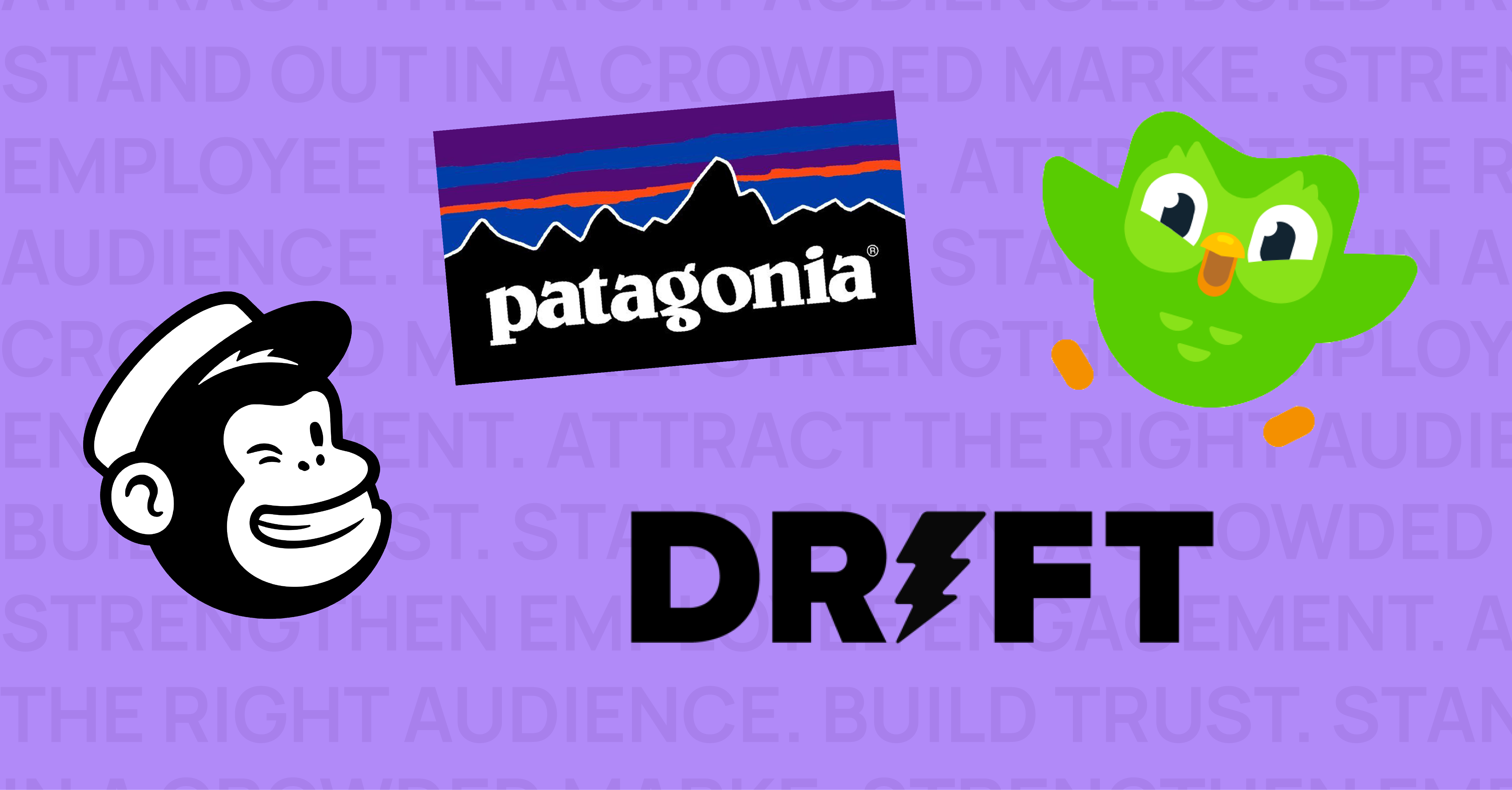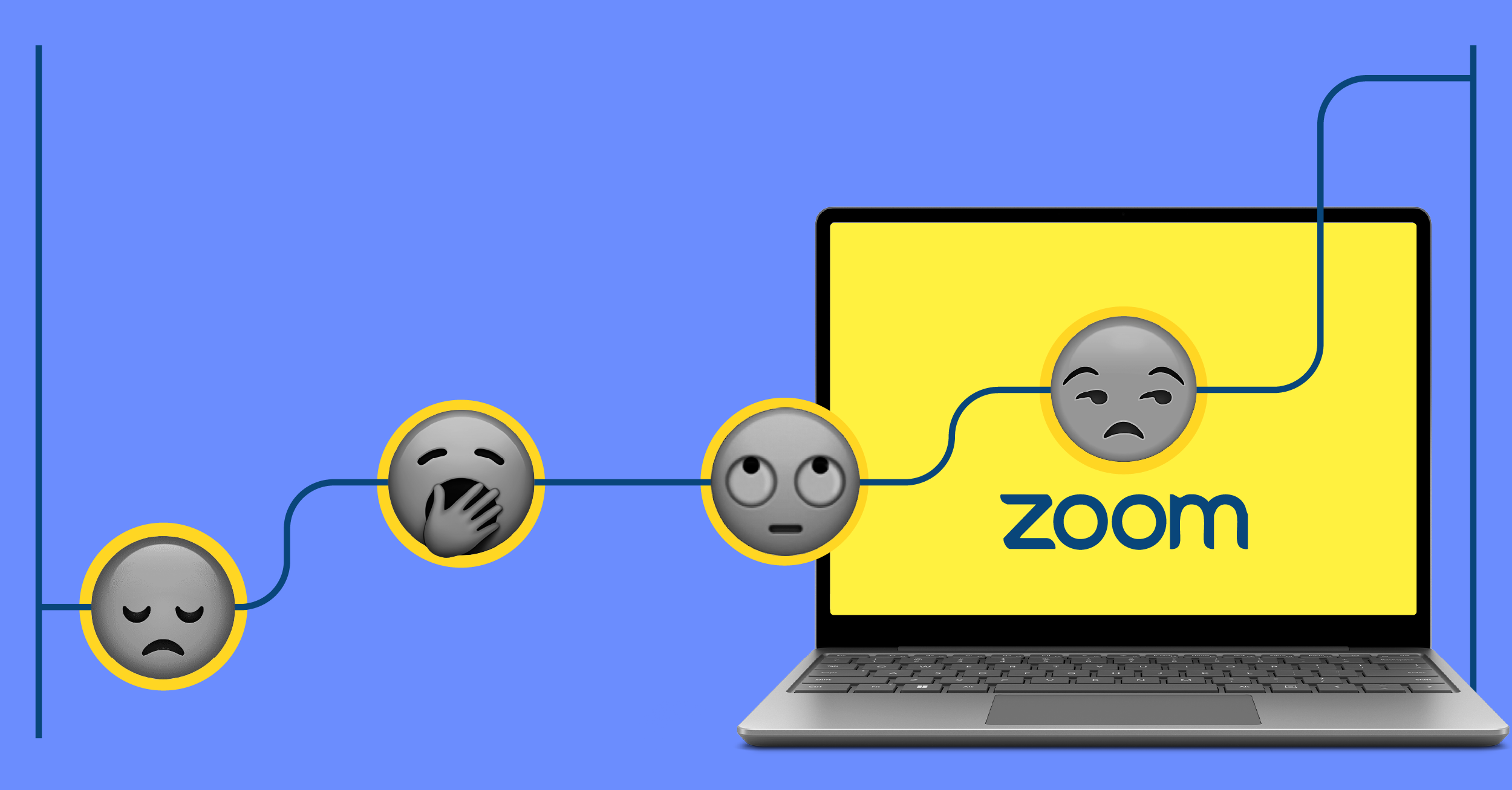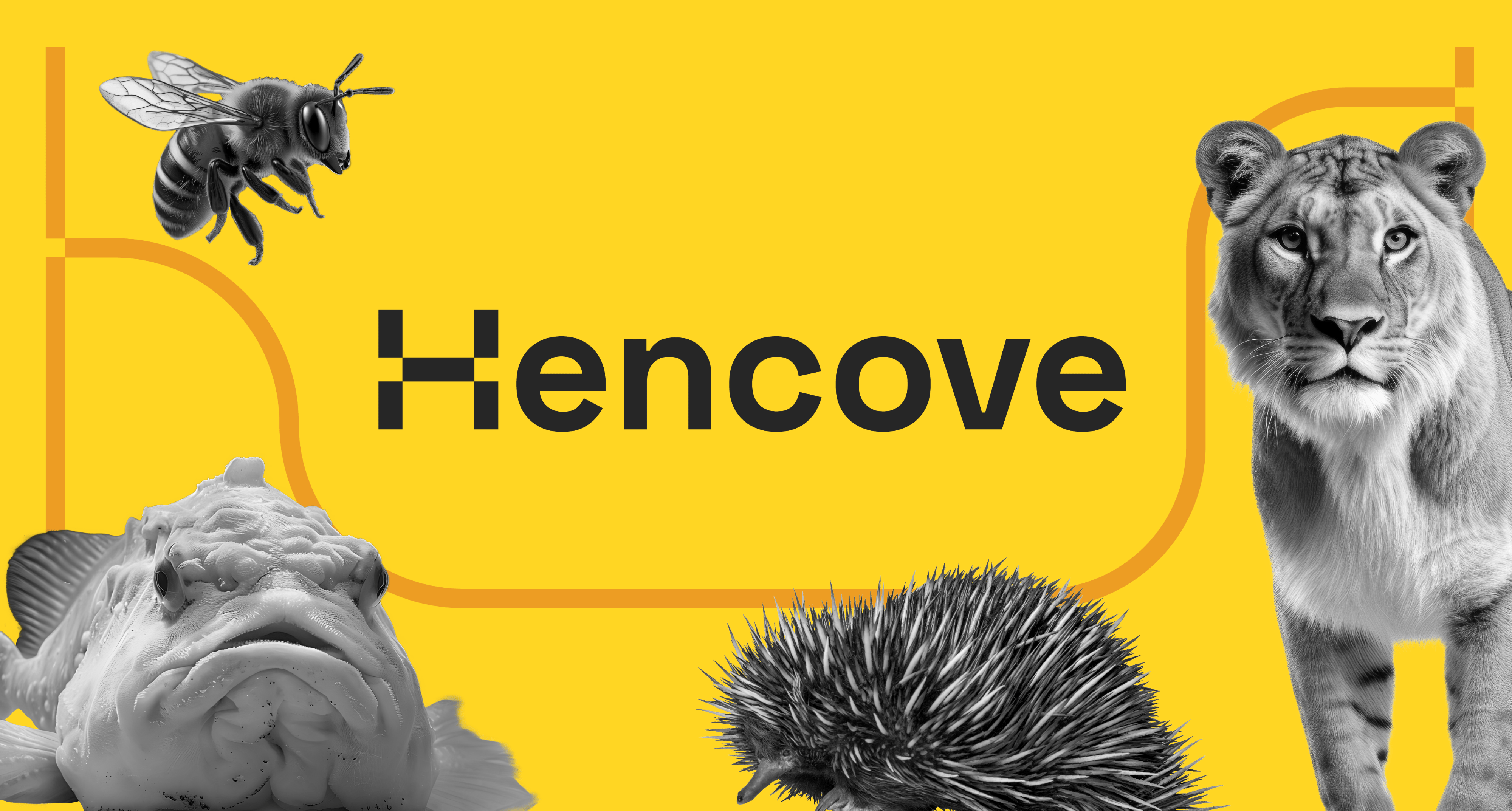“What’s your story?”
On the surface what appears to be a basic question is also one of the most important questions one can ask. The people and companies that can answer this question consistently and compellingly are always in a better position to win minds and hearts than those that can’t.
Here at Hencove we’re storytellers; we help brands find their own voice, craft their story, and engage audiences. Of course, as storytellers, we always enjoy and seek out a good story – which got us thinking. So, we decided to compile our recent favorite books into a list in our newest edition of “Hencove Recommends.” Explore your next read below, whether you’re looking to escape with big-ticket memoirs or true-life thrillers, there are a variety of titles for everyone.
Fiona: The Sun and Her Flowers by Rupi Kaur (2017)
Rupi Kaur’s The Sun and Her Flowers has received such accolades it convinced me, a non-poetry reader, to give it try. My optimism has been greatly rewarded. Kaur’s writing, paired with simple illustrations, is powerful and personal. As a woman author, there are so many emotions she captures perfectly. Kaur has broken her book into five chapters, each named after one period of a flower’s “life”. Using a strong, honest voice, she covers many sensitive and difficult topics, but there’s always a sense of hope.
Kaur has opened my mind to new forms of reading – poetry – and taught me that reading for speed and reading for meaning are entirely different things. This book has reminded me to slow down and savor every word. I imagine this will be a book I revisit many times, finding new and deeper meaning with each experience.
Tom: Black Edge by Sheelah Kolhatkar (2017)
Black Edge is a true-life legal thriller that takes readers inside the government’s pursuit of one of the biggest players on Wall Street. Specifically, the book recounts the largest insider-trading scandal in history with ruthless hedge funder Stephen Cohen at the center. It highlights the wide-ranging, years-long investigation into the hedge fund industry that entangled dozens of portfolio managers, traders, and analysts. It’s a tale that can require a lot of insider information of its own to write and follow, yet the author, Sheelah Kolhatkar, uses her reporting background to weave an intensively researched and entertaining page-turning crime thriller. If you’re a fan of the show Billions or books like The Big Short, it’s worth taking a look.
Dan: They Ask You Answer by Marcus Sheridan (2016)
Author Marcus Sheridan was watching his swimming pool company drown in the 2008 economic crash. To save his business, he began using the content marketing techniques described in this book to help bring more business in. The tactics worked, he later became an influencer and speaker in the marketing industry and eventually decided to write this book. Marcus believes that educating your customers is the #1 job of today’s marketer. They Ask You Answer specifically encourages website marketers to discover FAQs of their audience and directly answer them on the site.
The great thing about this book is that the solution is quite simple and actionable, it just takes a bit of time and effort. You do not need to be a marketing or SEO professional for this book to be insightful. By understanding your customers FAQs, you get insight into what goes into their buying decisions, Sheridan advocates, and you can better solve their challenges. The book outlines a process to help you: understand buyer FAQs, identify gaps in your websites content, and create a strong website experience that educates your buyers and answers the most pressing questions they have before making a buying decision.
Andy: The Devil in the White City by Erik Larsen (2003)
If I told you The Devil in the White City was a story about men of vision, I wouldn’t be lying. But I also wouldn’t be giving you the full picture of the book, which is a fascinating juxtaposition between two incredible stories.
The first is the planning, design, and construction of the World’s Columbian Exposition, also known as the Chicago World’s Fair, held in 1893 to commemorate the 400th anniversary of Christopher Columbus’ arrival in the ‘New World’ in 1492. The Exposition transformed Chicago and attracted more than 27 million visitors to see such wonders as the original Ferris Wheel, Juicy Fruit Gum, Cream of Wheat, and countless other inventions showcased in 200 new buildings spread across 690 acres. The second story is that of H. H. Holmes, who built a hotel for the fair that included secret passageways and hidden rooms, but whose true purpose was to allow Holmes to go on a murder spree that claimed at least nine victims and as many as 200 (if some apocryphal stories are to be believed) without notice.
The book dances between these two disparate narrative threads – one of construction and one of destruction – which occurred during a similar timeline, and the author expertly brings readers back and forth between each story.
Olivia: Amusing Ourselves to Death by Neil Postman (1985)
An oldie, but goodie. Neil Postman released Amusing Ourselves to Death in 1985, when television was just approaching dominance in America as a communication medium. Postman argued that TV, in its visual-first form, impacts not only how public discourse is spread, but what content makes the cut and how deeply it is explored.
The book, Postman’s son has since reminded us, predicted that a celebrity would become president. When a visual medium best-suited for entertainment also becomes the medium by which we learn and exchange important ideas, how could you not expect the lines between them to blur. It’s why “attractiveness bias” exists in elections, why children expect learning to be fun, why magazines have more visuals than words, and why nightly news is demoted to fun facts by morning. Every person with a TV should read this book.
Daniel: Shoe Dog by Phil Knight (2016) and Factfulness by Hans Rosling (2018)
Do you want to be educated or entertained? For entertainment purposes, Phil “Buck” Knight’s memoir Shoe Dog is a great read. Just as Nike’s heralded athletes overcome herculean odds to achieve greatness, the story of Shoe Dog is about triumph and tribulation, though more of the latter. The voracious reader Bill Gates summarized it best, saying Shoe Dog is a, “refreshingly honest reminder of what the path to business success really looks like. It’s a messy, perilous, and chaotic journey riddled with mistakes, endless struggles, and sacrifice.” For Phil, when it comes to Nike and life, it’s all about winning. Phil’s natural and easy storytelling approach guides readers from 1962 until 1980. Here’s to hoping he publishes a book about Nike post-1980; if that happens, we’ll all win.
To become more educated, and worldly, look no further than Factfulness: Ten Reasons We’re Wrong About the World—and Why Things Are Better Than You Think, by Hans Rosling, Anna Rosling Rönnlund, and Ola Rosling. With all the bad that exists in the world—and we are reminded of that daily—Factfulness is a healthy dose of true reality: that the world is getting better. Hans and co-authors artfully wove both stats and stories to create a simple, yet detailed, look into the world. The book, importantly, not only teaches us why we’re wrong, but teaches us how to think and construct a deeper, more accurate picture of the world. At times the book can feel like a classroom lecture—given Hans’ profession, that’s understandable—and a bit too Hans-centric, again understandable—but those challenges can be ignored given the overall strengths and merits of the book.
We know that your “to-read” list is always growing, but it’s never too early to find new titles to add to the queue and these ones are certainly worth your consideration. Let us know your thoughts if you decide to read one. Also, if you have any suggestions that we should add to our own lists, leave them in the comments. Happy reading!



